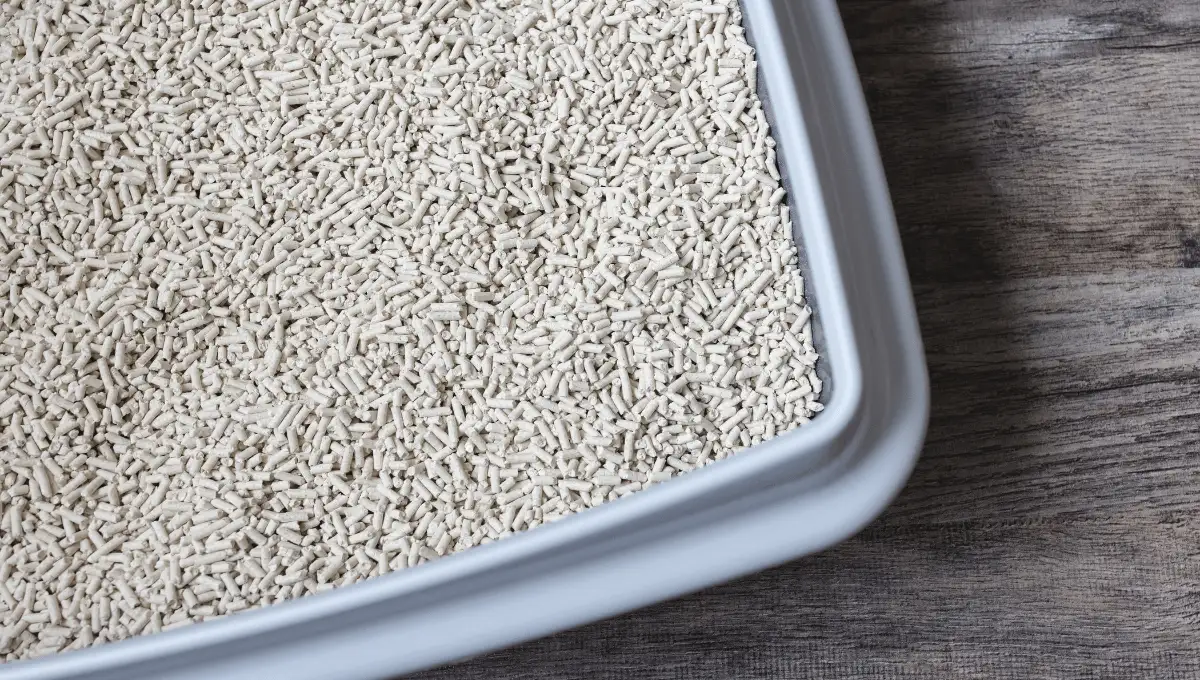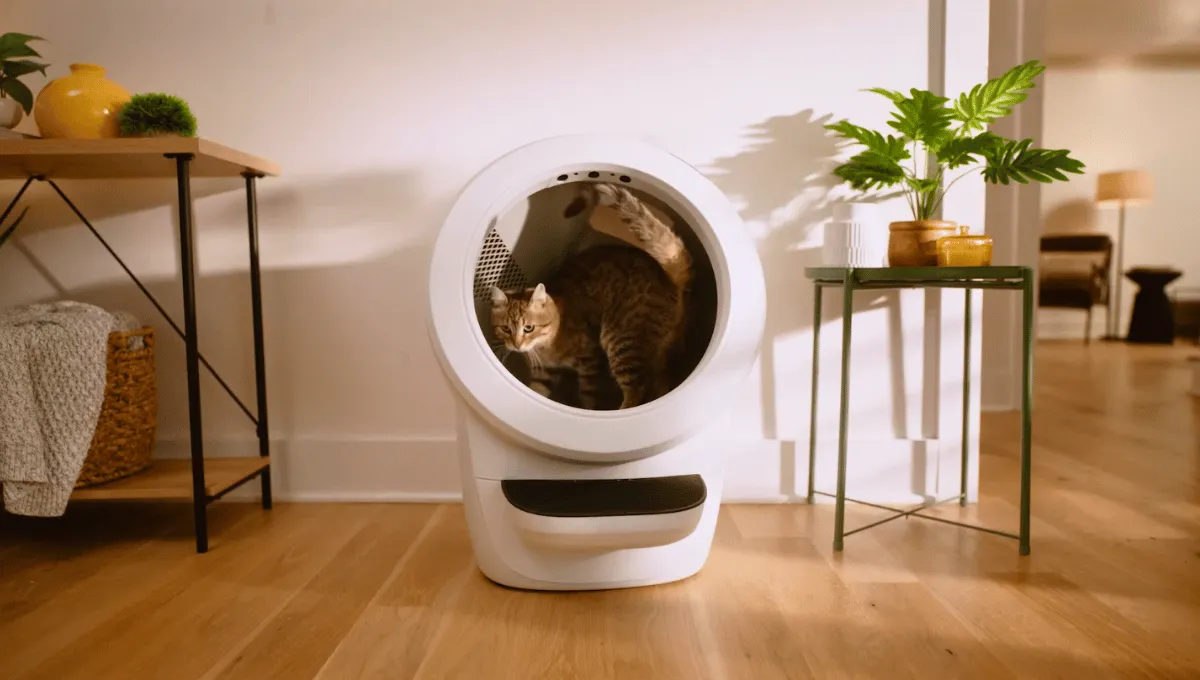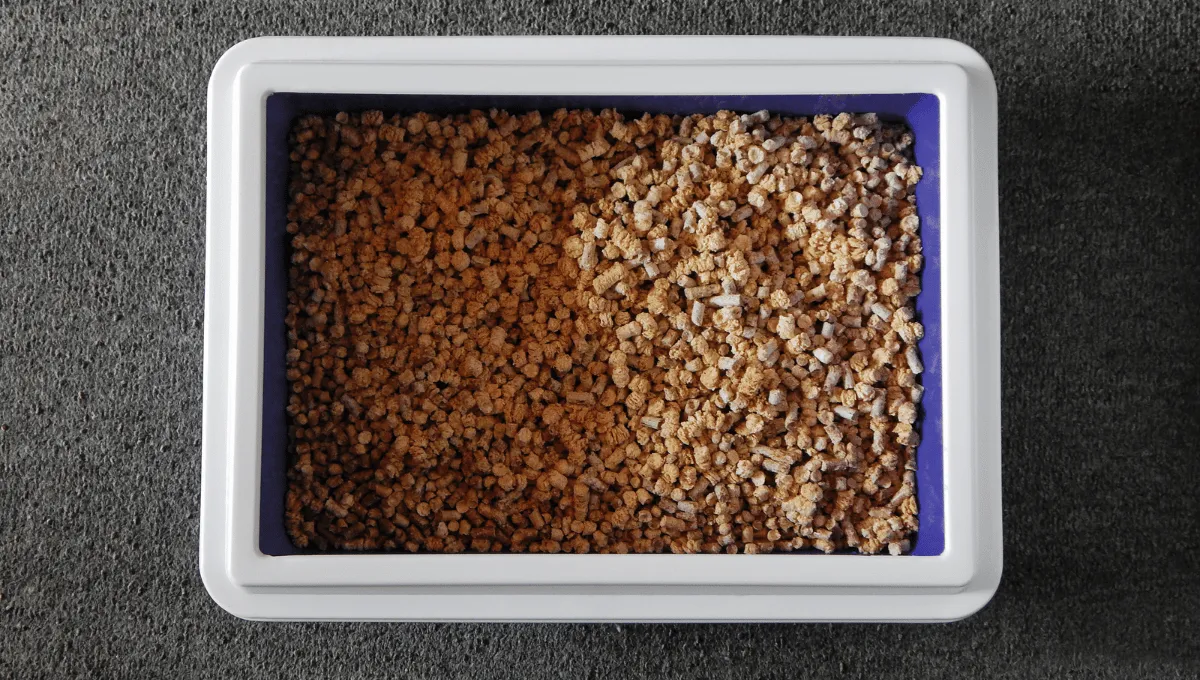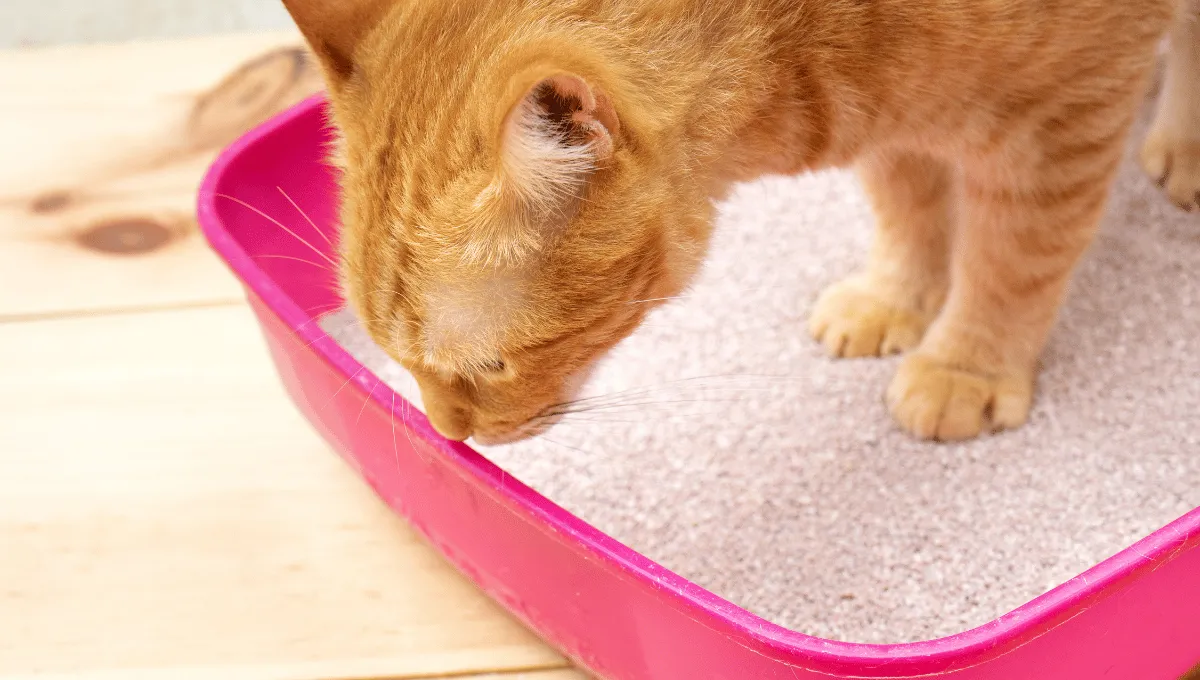As a cat owner, you know that buying cat litter is a regular expense. Perhaps you have been asking yourself why this necessary product is so expensive.
One of the basic needs of people who own cats as pets is cat litter, which has recently experienced a gradual price rise. This has left many pet owners with questions and seeking solutions.
The causes of these high prices are complex and include factors related to production, marketing, and demand.
Understanding these elements can enable one to make proper decisions on how to deal with this continuous expense. As a veteran expert, I break down the factors and provide various alternatives in this guide.
Factors Contributing to High Cat Litter Costs
Several key reasons make this essential cat care product expensive for owners. Here they are!
Raw Material Expenses
The raw materials used in cat litter manufacturing shape the production costs and, in turn, the price. The process of mining clay, recycling, and agriculture all involve extensive energy utilization.
Sourcing raw materials is one of the most significant aspects where manufacturers spend a lot. These expenses, in turn, find their way into the market price.
Manufacturing Process Costs
Raw materials are turned into usable cat litter through heavy machines, sorting, washing, and quality control.
These are labor-intensive processes requiring massive investment. Furthermore, the design and research phases also contribute to the high cat litter prices.
Storage and Transport Costs
Cat litter is a massive and heavy product, making its transportation and storage expensive.
Frequent handling during loading and unloading, storage, and lumps add overhead costs. Even last-mile delivery compounds the cost further.
The cost of cat litter includes fuel costs, labor, warehouses, inventories, and transportation.
Brand Value and Marketing Costs
Branded cat litter uses advertising campaigns to create brand awareness through advertisements. This is why the marketing budgets for ads and pet festival sponsorships are significantly high.
The brand name is associated with the reliability and quality of a product. Consumers relate to and build trust with well-known brands, which can afford to charge high prices that recover advertising costs.
Market Competition
The competitive structure of the cat litter market promotes the quest for differentiation.
Manufacturers employ high-end odor neutralizers, patented technologies for cleaning, and other research-based variants that contribute to the product costs.
Business entities spend money on customized product packages and other incentive systems.
Another aspect that drives competitive undercutting by players in the cat litter market is market dynamics. These activities, therefore, determine overall market pricing.
Retail Store Margins
The costs incurred in the production of cat litter, packaging, transportation, and brand promotion form the basis of the price that manufacturers offer.
Retail stores apply their markups to cover property, facilities, and employee costs while making profits.
Owing to their size, large retailers are in a position to secure the right wholesale prices and achieve the desired sales margin.
Their overhead expenses are also included in the sticker prices. This is why buying in bulk directly from manufacturers results in higher rates in the market.
Inflationary Pressures
Inflation raises costs for manufacturers of raw materials and components, transporters, warehousing companies, retailers, and brands producing cat litter.
High production inputs such as electricity, fuels and increasing wages lead to escalating costs, which are passed on to consumers through higher sales prices.
This is the reason for the increased prices observed for cat litter products.
Customer Willingness to Pay More
When it comes to your pets, the main concerns are their well-being, how easy it is to care for them, and other factors.
You expect assurance of getting the finest quality litter with much less odor, extra moisture retention capability, and minimal tracking beyond the litter box.
Market prices also indicate the perceived better litter performance, safety, or environmental friendliness, leading to the purchase.
Check Out: Does Cat Litter Expire? Shelf Life and Storage Tips
Cost-Saving Hacks When Buying Cat Litter
According to my experience, here are some actionable tips to economize your cat litter purchases:
Buy Large Sacks in Bulk
Buy 20, 30, or 40-pound bags from chain home improvement stores or other online retailers instead of smaller 5 or 10-pound bags.
This reduces costs dramatically, especially when used over several months. Before buying in bulk, store them in cool, dry places to prevent moisture from affecting them.
Opt for Store Brands
Market research shows that retailer private labels or store brands provide the same value at lower prices than well-known brands.
Using generic brands from Costco, Target, and Walmart can help save 20% or more compared to expensive brands.
Leverage Coupons and Loyalty Programs
Cat litter coupons can be accessed through subscriptions, birthday gifts, and other discounts offered by pet stores. Registering for the rewards programs of major retail stores allows access to cat litter e-coupons.
Choose Clumping over Non-Clumping
Even though non-clumping options may seem cheaper initially, the clumping varieties allow solid waste formation, making it easy to scoop only the soiled litter.
This, in turn, increases the total lifespan of the litter and requires less frequent replacement. Calculating the frequency of litter replacement reveals how clumping litter saves money.
DIY Recycled Litter
Gather old paper, tear junk mail and newspapers into pieces, and let the materials dry to make homemade recycled litter to absorb moisture.
Additionally, using pine shavings and sawdust is also an effective method.
Check Out: Why Does My Cat Throw Up After Using The Litter Box?
Cheap Options for Cat Litter
Here are some affordable alternatives to traditional cat litter:
Recycle Old Newspapers
Don’t discard newspapers; they can be shredded into small pieces and used as cat litter. This is a relatively inexpensive solution with minimal negative impact on the environment.
Shredded paper has the same abilities as other forms of litter in terms of moisture absorption and odor control. Remember to replace it often to ensure your cat’s litter box remains clean.
Use Wood Pellets
Wood pellets are affordable and eco-friendly sources of litter for cats. They are made from compressed sawdust and can absorb and regulate smell and humidity. You can purchase them in most pet supply shops or online.
Try Sand
If you are close to a beach or have sand around your house, it is advisable to use sand as cat litter. It is naturally available and relatively cheap; it can also be used to control odor and absorb moisture.
However, ensure that the sand is clean and debris-free, and change it regularly to keep the litter box clean for your cat.
Use Baking Soda
Baking soda is a safe and efficient odor neutralizer that can be added to your cat litter for the best results.
Just pour a little baking soda into the litter to minimize odor. Most grocery stores sell it cheaply, as it is a common baking ingredient.
These are some inexpensive options you can choose for cat litter. Alternatively, you can also use chicken feed as cat litter, which is a safer option for cats.
The Conclusion
You can save money on litter without sacrificing quality by being mindful of your selection and purchase. Understanding the reasons behind high prices enables pet owners to make more informed decisions.
Strategies such as purchasing in large quantities can help decrease costs drastically. Moreover, cheaper materials like newspapers or pellets made from wood can also be used to create a more affordable solution.
Finally, always prioritize your cat’s needs. Maintaining proper litter box hygiene is essential for your cat’s physical and emotional well-being, making it a worthwhile investment for your pet’s health and happiness.
Until next time, Meow-Meow!






0 Comments